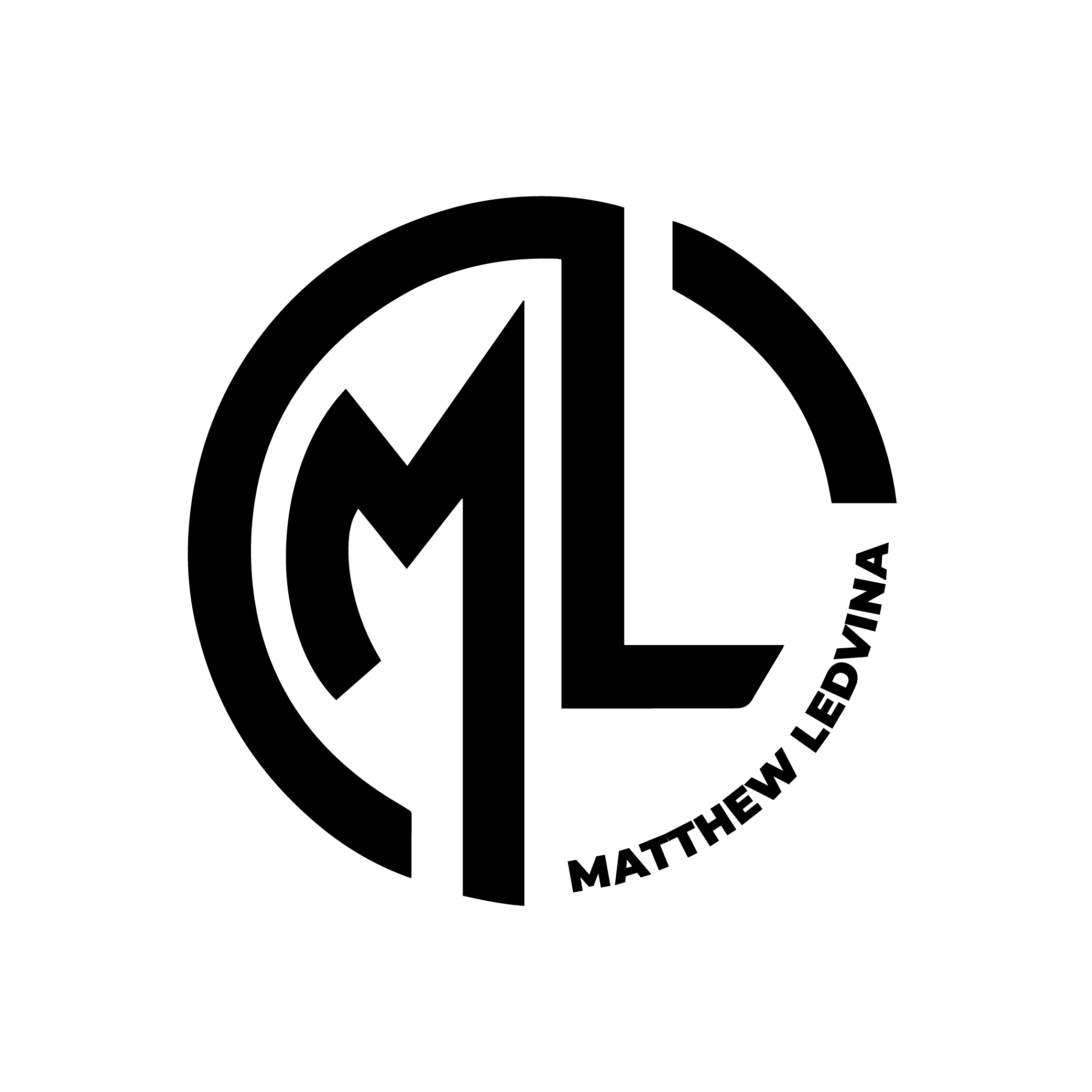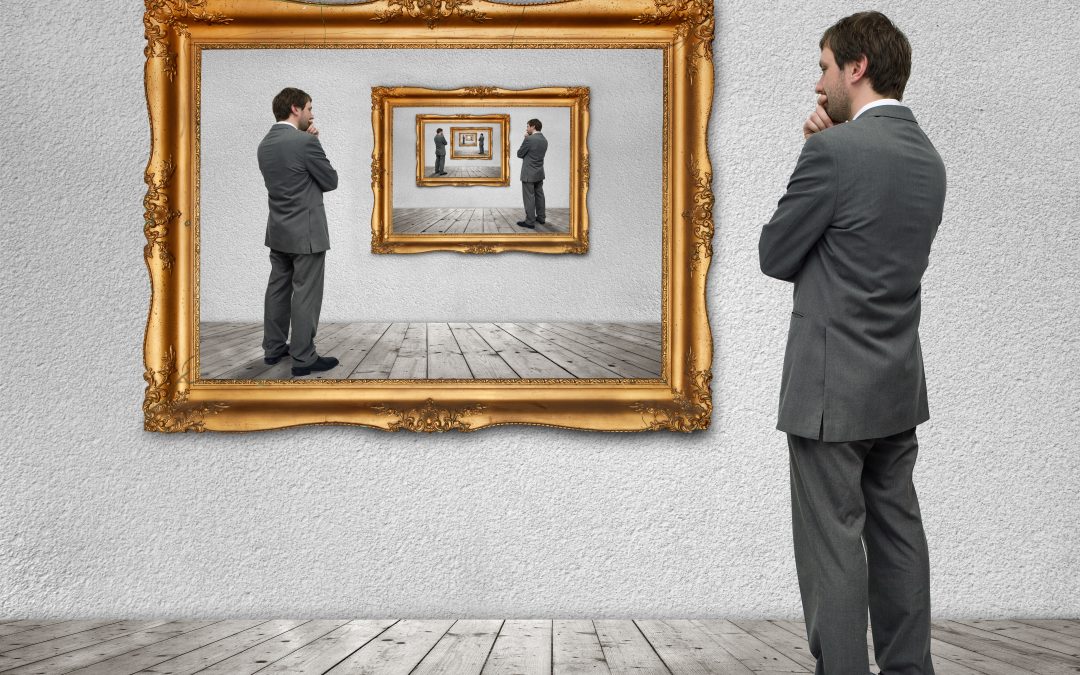Art as an asset class is enjoying a boom in popularity at present, with many investors choosing to diversify their portfolios by investing in a tangible piece of art (or two). It’s no wonder investors are keen to jump on the art bandwagon – over the past ten years, the growth rate of the art market has reached more than 200%.
The growth and development of the art market naturally results in parallel development of regulations that must be adhered to by collectors, trustees, artists, family offices and other connected to the industry.
Matthew Ledvina, along with his colleagues, has focused for many years on the area of artwork held by trustees. Art is a relatively illiquid investment, meaning those considering making an investment may have to plan to hold onto the piece or pieces for quite some time before they reach a profitable opportunity to sell. Illiquid investments are explained in the short video attachment.
Why Invest in Art?
Investors in the art market often hold different priorities to those they may consider when investing in something like stocks or real estate. Art is not only a tangible asset, but also one that can give the investor great pleasure outside the constraints of how much it may increase in value. The return on the investment may be a long time coming, but throughout the ownership period the investor has a beautiful piece that they can display and enjoy for many years. The art market may be booming, but as with any investment there is no guarantee that the value will go up. However, for those that have the time to settle in for the long-term, the odds are good that an art investment will eventually pay off if the right pieces are purchased. In the PDF attachment you can take a look at an overview of the Western art market throughout 2017.
Three Core Tenets
Experienced art consultant Warren Winegar believes there are three core tenets that every art investor should abide by – quality, rarity and price. When sourcing a piece of artwork for an investment, advises Winegar, the investor should always look for the piece of the highest quality within their price range. The rarity of a painting or other piece of art will naturally have an effect on its potential to increase in value, so buying original pieces rather than prints is usually the way to go. The buying price will also be relevant – investors setting world records for the purchase price of their latest investment are clearly less likely to see a return, whereas those who seek out pieces being sold at a fair price may well see a large return in the not too distant future. In the infographic attachment you can find the figures for 2017 fine art sales by value across the five main categories divided by period of creation.
Long-Term Benefits
Many investors in art are looking for extremely long-term benefits. They may purchase a piece of art not with the intention of selling it on themselves, but of handing it over to the next generation as part of an inheritance. By working with specialised financial professionals who have a thorough understanding of the tax implications and estate planning for passing on a collection of valuable pieces of art, investors can reap many long-term benefits. Art is one of a handful of potentially rewarding investments where the decision over what to invest in comes from the heart, rather than simply from the potential for profit.

